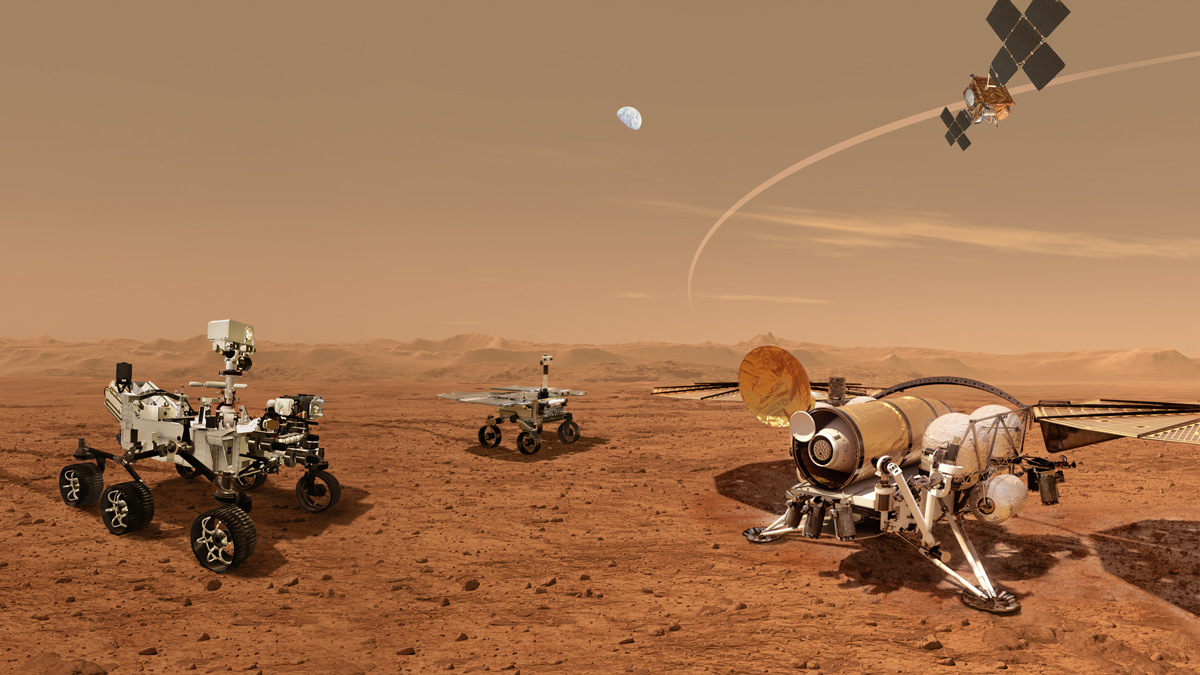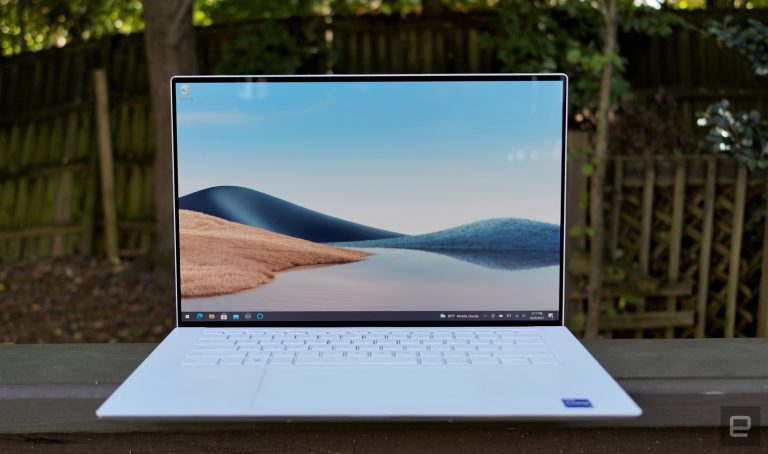NASA picks Lockheed Martin to build a rocket that will return from Mars
The is a capable machine, but one thing it can’t do is send rock, sediment and atmospheric samples from Mars back to Earth by itself. hopes to through its Mars Sample Return Program, and it’s taken another step forward in the project. The agency has chosen Lockheed Martin to build the first rocket to be fired off another planet.
The Mars Ascent Vehicle (MAV) will be a small, lightweight rocket and is a crucial component of NASA’s ambitious plan. “This groundbreaking endeavor is destined to inspire the world when the first robotic round-trip mission retrieves a sample from another planet — a significant step that will ultimately help send the first astronauts to Mars,” NASA Administrator Bill Nelson said in a statement.
A Sample Retrieval Lander will take the MAV to the surface of Mars. It will land in or close to Jezero Crater, where Perseverance .
The lander will act as the launch platform for the MAV. Once the MAV is in orbit, the plan is for a European Space Agency Earth Return Orbiter equipped with NASA’s Capture, Containment and Return System payload to capture the rocket. The aim is to bring back to Earth by the mid-2030s.
“We are nearing the end of the conceptual phase for this Mars Sample Return mission, and the pieces are coming together to bring home the first samples from another planet,” Thomas Zurbuchen, associate administrator for science at NASA headquarters, said. “Once on Earth, they can be studied by state-of-the-art tools too complex to transport into space.”
Lockheed Martin will deliver multiple MAV test units and a flight unit to NASA. The contract, which is worth up to $194 million, calls for the company to design, develop, test and evaluate the integrated MAV system, and to design and develop the ground support equipment.
Not only does the MAV need to be able to tolerate the Martian environment and be compatible with several types of spacecraft, it needs to be small enough to squeeze inside the Sample Retrieval Lander. It’s a tough challenge, but Lockheed Martin has several years to figure things out. The lander .
All products recommended by Engadget are selected by our editorial team, independent of our parent company. Some of our stories include affiliate links. If you buy something through one of these links, we may earn an affiliate commission.






